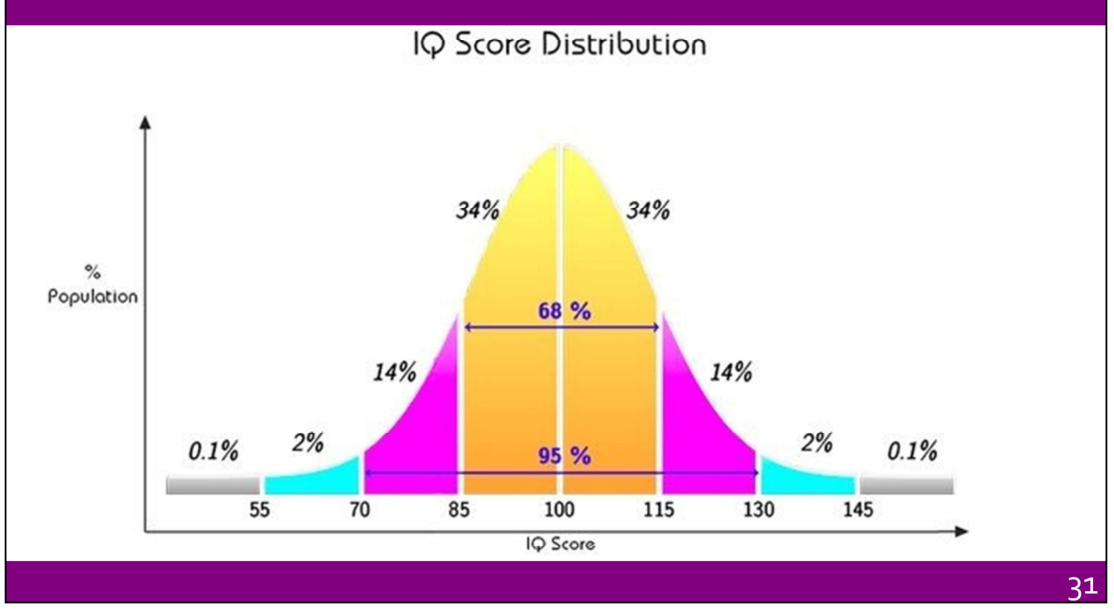Quiz 1 - Sampling
1/4
There's no tags or description
Looks like no tags are added yet.
Name | Mastery | Learn | Test | Matching | Spaced |
|---|
No study sessions yet.
5 Terms
what is random sampling?
a sampling technique in which everyone in the population has an equal chance of being selected
what is the difference between internal and external validity?
internal validity: the extent that a change in the DV can be attributed to the IV; the extent that a study can rule out alternate explanations for the relationship between two variables
external validity: the extent that findings from a sample can be generalized to the corresponding population
what are the different types of probability sampling methods?
(simp ran, syst, strat, prop strat, clus)
simple random: everyone has an equal and independent chance of selection
independence: means that the choice of one individual does not influence or bias the probability of choosing another individual
systematic: select every nth participant from a list containing the total population after a random starting point
stratified: identify pre-existing groups, then draw random samples of equal size from groups (although the corresponding groups in the population may not necessarily be the same size)
ex. suppose the pre-existing groups are left and right handed people, and that 88% of people are right-handed
50 right 50 left (not proportionate to percentage of people who are r and l in population)
proportionate stratified: identify pre existing groups, then draw random samples of proportionate size groups
ex. 12 L and 88 R
identify pre-existing clusters, randomly select some clusters, and then measure everyone in the selected clusters
ex. suppose the pre-existing clusters are 3rd grade classes in public school in CA. Assign each class a number, draw a random sample of these numbers, and then include all 3rd graders from those classes in the study
what are the different types of nonprobability sampling methods?
convenience, quota, snowball
convenience: recruit participants who are easily accessible
quota: identify pre-existing subgroups, recruit a specific number of participants from each group (using a non-random selection method)
snowball: ask participants to help recruit more participants by asking people they know to also participate
memorize this chart
